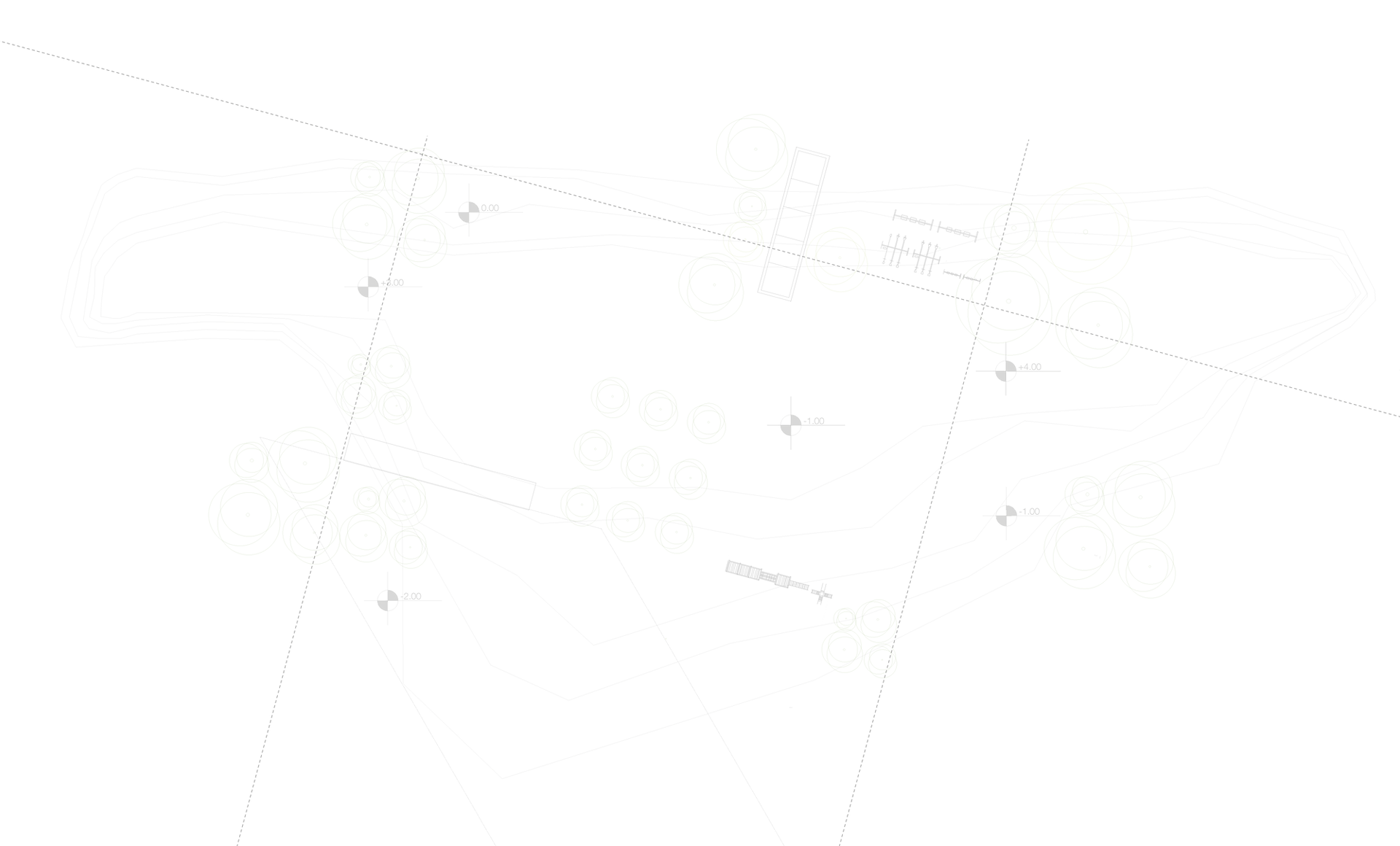
New Urbanist Blacksburg
by Max Rooke & Lonnie Hamilton III
Complete Streets
Priority: High | Cost: Moderate | Implementation: Moderate
Some 20% of Blacksburg’s carbon emissions come from transportation (Blacksburg Climate Action Plan, 2016). The primary source of these emissions are automobiles, which emit carbon dioxide as they burn fossil fuels. In many cities across the United States, automobiles are essential to everyday travel, but within the borders of the town, that is not necessarily the case. The Blacksburg Climate Action Plan found that the average vehicle mile travelled per person per day was only about 10 (Blacksburg Climate Action Plan, 2016), making other forms of travel viable. To that end, Green New Deal funding would be tailored to exactly that - promoting and building out the infrastructure for alternative, lower-emission or emission-free modes of transportation.
An important step towards accomplishing this is the implementation of a “complete streets” program. Complete Streets refers to the practice of designing and redesigning streets for all users rather than just automobiles. This can include the

Source: University of North Carolina at Chapel Hill

Source: City of Boulder, CO

Source: University of North Carolina at Chapel Hill
narrowing of travel lanes, adding bike lanes, widening sidewalks, adding tree cover, and more. This is closely related to and often involves road diets. These all work in some way to increase pedestrian and cyclist traffic by providing the infrastructure necessary to make these modes of travel as safe or convenient as driving. The less cars on the road, the less carbon being emitted.
Actually implementing complete streets is relatively inexpensive. It is often as simple as restriping a road whenever road maintenance is already due and has costs in the mere thousands. This makes it an effective use of Green New Deal funding, as you get a long of bang for your buck. This is especially true because such projects elsewhere have shown resounding successes elsewhere in increasing pedestrian and cyclist traffic while decreasing automobile traffic.
In addition to the emissions benefits from implementing these programs, there are also safety and economic benefits. Similar to road diets, there are safety improvements for all roadway users. Cyclists and automobiles are separated, pedestrians have more room to walk, and roadway crossings are made safer and more visible. Economically, they promote new businesses and invigorate old ones due to the uptick in pedestrian traffic (Smart Growth America, 2015). This helps serve the economic goals of the Green New Deal along with the environmental ones.